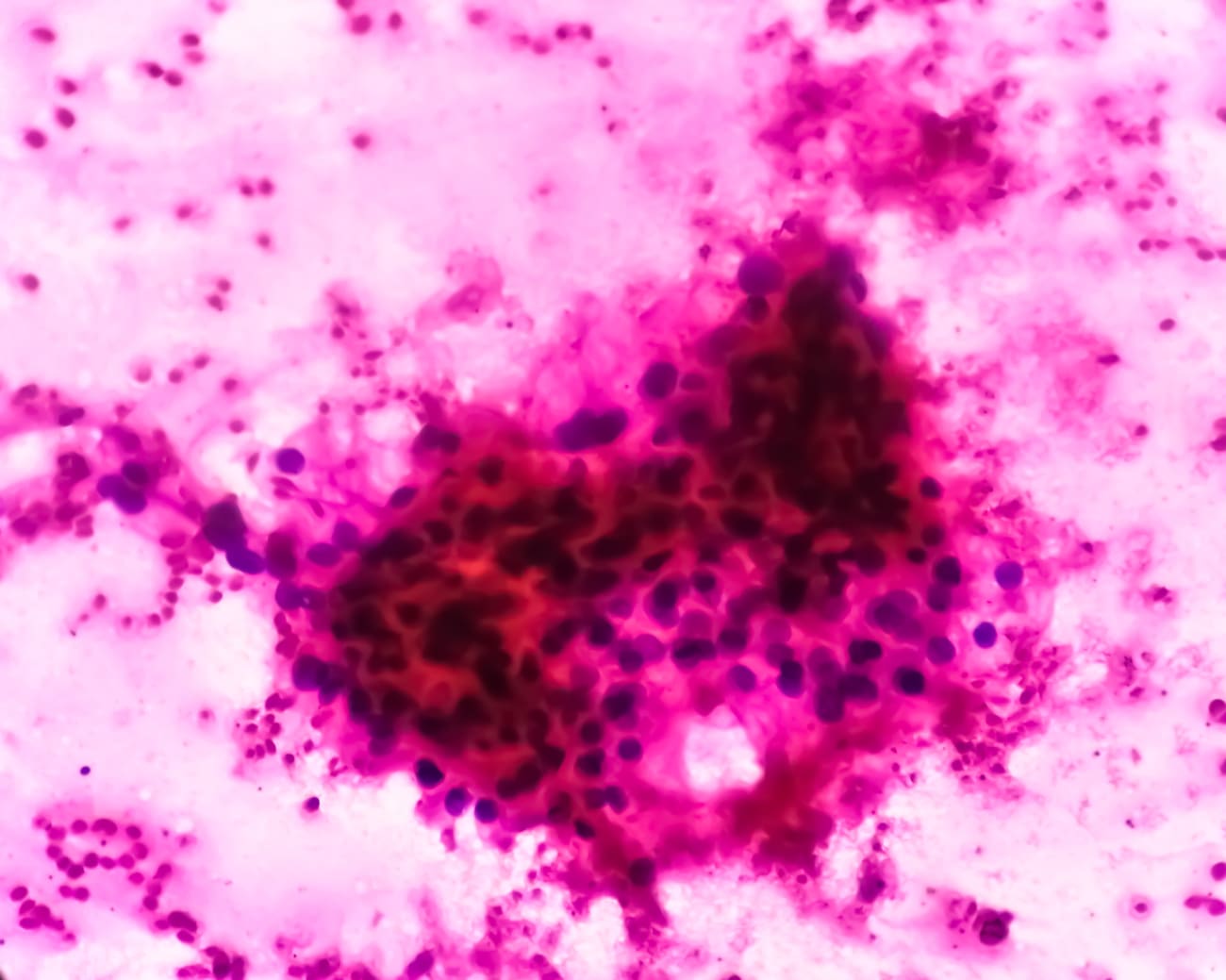In a series of elegant studies, pathology scientists Hui Zhang, Ph.D., M.S., and T. Mamie Lih, Ph.D., together with investigators from the Clinical Proteomic Tumor Analysis Consortium (CPTAC), have discovered several new ways of characterizing clear cell renal cell carcinoma (ccRCC).
How do you approach a very complex form of cancer? With a comprehensive and in- depth plan of attack, using multiple analytic techniques. In a recent study published in Cancer Cell, Zhang’s group integrated histopathologic, proteogenomic, and metabolomic analyses of samples from 213 patients to craft a thorough profile of ccRCC . “We found heterogeneity (many different types of cells) within ccRCC tumors, along with histological signatures of aggressive forms of disease,” says Zhang. They also discovered some promising candidate biomarkers for prognosis, and this work may one day lead to new ways to treat ccRCC.
In another study, published in Cell Reports, the scientists looked at molecular dysregulations of proteins called glycoproteins in the tumors of more than 100 patients with ccRCC . They found certain patterns and signaling pathways that carry prognostic value in ccRCC – and these, too, may have a role in the development of new strategies for treating this disease. “These studies provide a valuable resource for future translational research in kidney cancer,” says Zhang.

